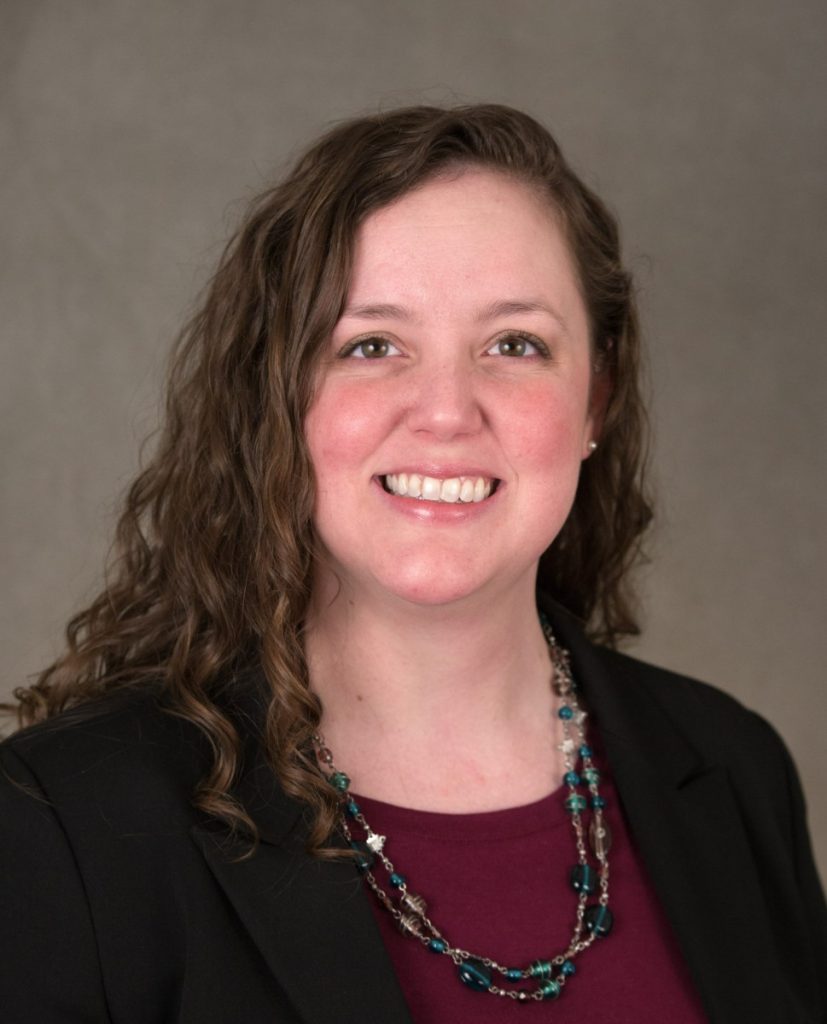

Tim Frerichs wanted to create a piece of art using locally sourced algae. Courtney Wigdahl-Perry was researching algae in Chautauqua Lake. Frerichs sent a cold email to Wigdahl-Perry, asking how to acquire algae for himself, and a unique partnership was born.
Frerichs, a visual artist, and Wigdahl-Perry, a lake ecologist, are both professors at SUNY Fredonia. They work together to communicate often complicated and challenging scientific ideas through art; that dynamic relationship between science and art will be the focus of their 9:15 a.m. lecture today in the Hurlbut Church Sanctuary, hosted by the Chautauqua Science Group and the Chautauqua Climate Change Initiative.
“I think too often today, and for a while, science and art tend to be set apart from each other, where you’re either a scientist or you’re an artist,” Wigdahl-Perry said. “Really, science and art have so many parallels and so many similarities and are complimentary in a lot of ways.”
Wigdahl-Perry, who has been studying lakes for over 20 years, focuses her research primarily on “the smallest members of the lake community,” particularly algae and zooplankton, the mostly microscopic organisms that sit right above algae on the food chain. She has been conducting research in Chautauqua since 2014, studying the organisms who call the lake home; trends in water temperature; and harmful algal blooms – a topic she spoke with Chautauquans about last year.
In freshwater ecosystems, such as lakes and rivers, harmful algal blooms (HABs) are caused by cyanobacteria, also known as blue-green algae. Wigdahl-Perry was studying cyanobacteria at the same time Frerichs received a grant to create an artwork about a surge in HABs in Lake Erie.
Frerichs often creates the materials he uses in his art from scratch, a practice that is referred to as materiality. As he explained, in his art, the process of making all of the materials, as well as where they are sourced from, is just as important as the final piece of art he creates.
“It’s the process of what I’m doing, but also the materials themselves carry content: where they come from, how they’re used, their provenance,” he said. “They carry content within themselves.”
For the piece he was creating about HABs in Lake Erie, Frerichs knew he wanted to incorporate the blue-green hues of cyanobacteria into the artwork. Not sure how else to acquire it, he reached out to Wigdahl-Perry, hoping she might be able to provide him some pointers to gather the algae from Lake Erie himself.
“And that just started a dialogue and collaboration,” he said. “She’s helped me out tremendously, and is very open and interested in looking at things in different ways. So it’s been just this great collaboration since we started.”
At the center of their partnership is the idea that art can be one of the most effective tools to more clearly communicate scientific ideas, and that science and art don’t need to be separate.
The pair explained that, throughout history, humans have used art to communicate, to understand each other, and to understand the world around them. In their minds, art and science have always been intertwined.
“Early scientists were artists on a number of different levels,” Wigdahl-Perry said. “People had to use all those skill sets as they were learning about the world around them.”
At their lecture, the pair plans to dive deeper into the relationship between art and science, and how Chautauquans can use the two to investigate the worlds around them in new, perhaps more meaningful ways. They hope that audiences will see that utilizing both art and science to communicate about the world invites more people into the conversation, which, ultimately, makes the science even more meaningful.
“Using cross disciplinary approaches to investigate our surroundings … goes beyond our preconceptions of how things should work,” Frerichs said. “You really enrich your investigations and education and communication through collaboration and different ways of thinking and different ways of approaching.”




